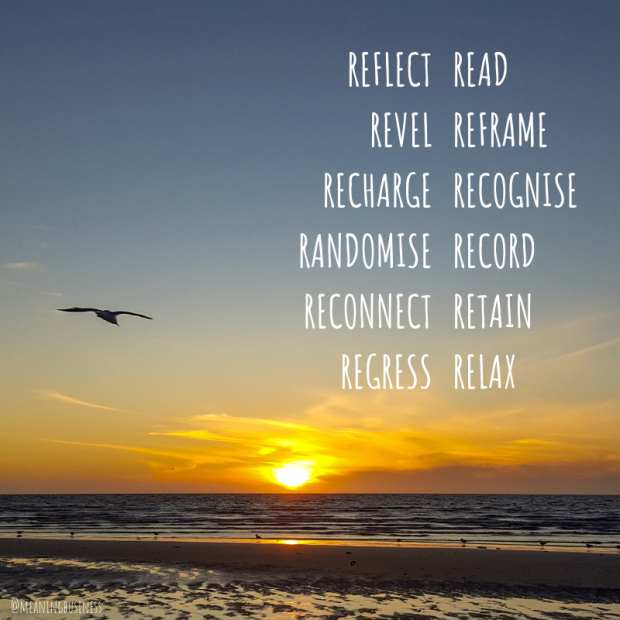Building a case for using video in your organisation is simpler if you follow the 5 P model.

Click the image to view the short video on Adobe Voice.
To build the case for including video as part of your overall communication infrastructure, cover these five points.
- Pain. Find the right opportunity that is causing pain: what challenges need attention, what change is under way, what results need to shift? Is the pain at the top, or is it your employees who need help?
- Partners. Find internal sponsors: who has the greatest stake in addressing this issue? What will they invest to see the situation change?
- Potential benefit. Put a price on success: What is the value of addressing this issue?
- Pilot. Before a TV series is made, producers invest in a pilot to test the concept. This is a solid approach for internal video. Start small to test capability, appetite, and audience.
- Prove. Measure the impact of the initiative to build momentum
PAIN – Find the right opportunity
What are the major business challenges you are seeking to address through your communication strategy?
Don’t limit this to communication challenges. What are the issues that keep the executive team from sleeping well?
The most effective communication strategy is linked directly to business outcomes. As with all forms of communication in organisations, new channels and approaches will only be successful if you define clear outcomes. Some communication challenges benefit from the use of video more than others.
Effective communication, change, training and leadership can contribute directly to:
- Better customer experience
- Increased sales
- Reputation and trust
- Safety
- Turnover
- Productivity and efficiency
Identify the changes in awareness, sentiment or behaviour that are required to support this outcome.
The mix of communication activities will be different based on the goal. The role of video in your strategy will also vary according to the outcome required. Some examples include:
Dispersed workforce creates engagement gap
Face-to-face interaction is an essential component of leadership and engagement. Finding ways to ensure employees hear first hand from leaders and experts is a consistent challenge due to the investment in travel and time.
Quick responses to market changes
Hearing information from customers or the media before hearing it from within the organisation reduces trust and disengages employees. Many organisations struggle with employees feeling that they are kept informed about things that affect them, a key factor in most engagement studies.
Shifting culture and embedding values
Finding ways to share the stories that reinforce the culture, change agenda, key values or operational excellence is an essential way of embedding change. Video provides a platform for doing this in original and engaging ways, providing an immediacy and richness that engages and connects with audiences in ways that other channels struggle to achieve.
Unlocking employee ideas and innovation
Collaboration is one of the differentiators for organisations in the fight to be responsive and innovative. Information and experience is sometimes trapped in pockets of the organisation. Providing a means to draw out and share this information creates value.
PARTNERS
Who can provide support through resources, funding, or expertise to develop the case?
Identifying key business issues will mean enlisting partners in the process. Few communicators have deep pockets; most need to find sponsors for new initiatives. In movie-making, a producer is someone with a financial interest in the movie. They are the backer. In corporate communication, whoever stands to gain from the effective use of video as a platform to solve their challenge has the potential to be a ‘producer’ or project sponsor.
In addition to internal partners, choosing production partners who will make the most of the available budget and resources is an important decision. Even with the advent of cheap cameras, better bandwidth and simple editing tools, there are some risks with a total DIY approach for an initial project. Video is an emotive medium. People will remember what they see and hear, and if it misses the mark, it can leave a lasting impression for the wrong reason.
In the next post, I’ll cover the final 3 Ps in detail.



